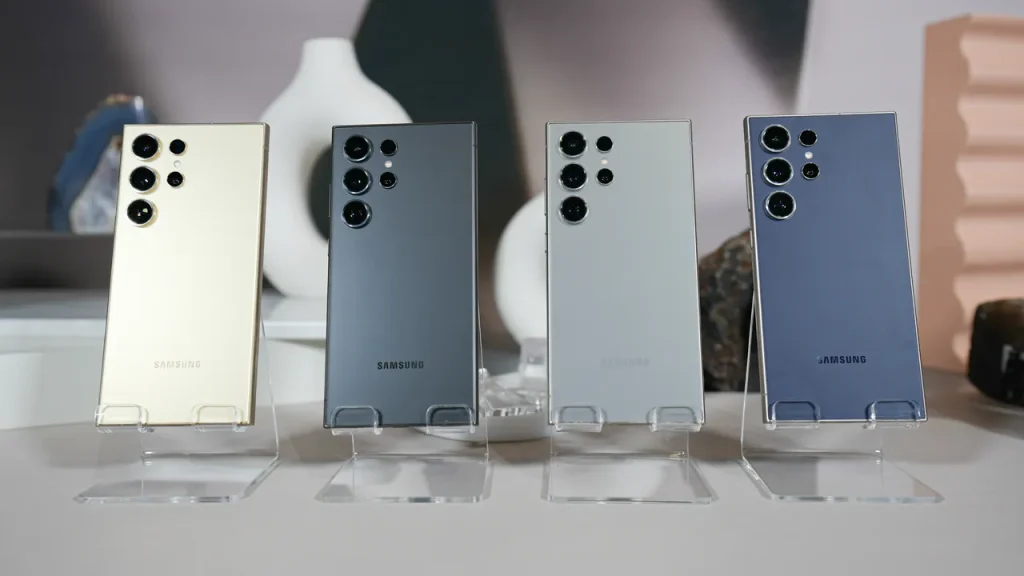
Is thinner necessarily better for smartphones? Samsung believes so, and at Galaxy Unpacked 2025, the technology giant revealed a lineup of products that redefine design, performance, and user experience. For early adopters and technology followers, these releases are more than mere incremental updates they mark the direction in which the industry is moving, from foldable strength to AI-driven features and sheer processing muscle.
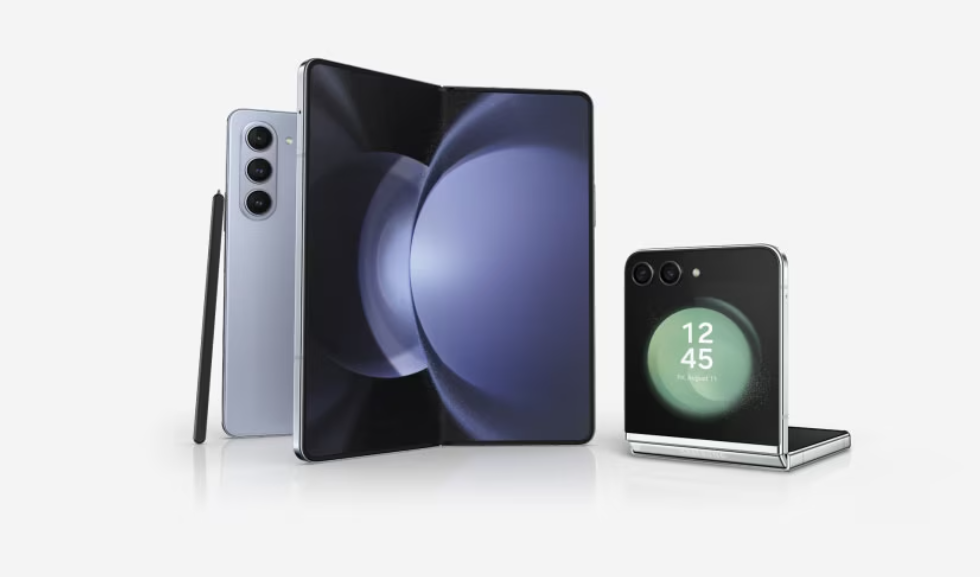
This year’s conference was not only about the future generation of Galaxy Z Fold and Flip phones. Samsung also doubled down on its smartwatch platform, unveiled a new Fan Edition, and demonstrated the effects of the Snapdragon 8 Elite chipset. Here’s a more detailed look at the most interesting innovations and what they portend for the future of mobile tech.
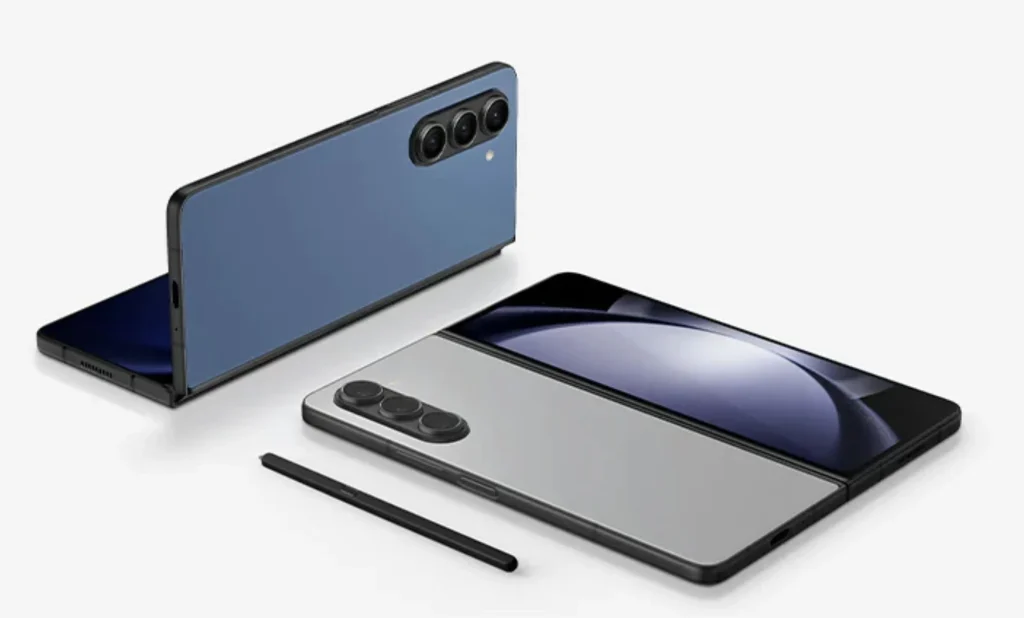
1. Galaxy Z Fold 7: The Thinnest, Lightest, and Most Resilient Foldable to Date
Samsung’s Galaxy Z Fold 7 is the company’s most sophisticated foldable, which has a thickness of only 4.2mm when unfolded and weighs less than the Galaxy S25 Ultra. The phone has an 8-inch Dynamic AMOLED 2X main screen and a 6.5-inch cover screen, both of which are capable of a peak brightness of up to 2,600 nits. What really distinguishes the Fold 7, however, is its incredible resilience. Samsung’s new foldable panel has been certified to a military standard (MIL-STD 810G) and can withstand extreme temperatures, frequent drops, and shock forces of up to 10.5G. Jo Yong-Seok, marketing head at Samsung Display, added, “Foldables are breaking free from the stereotype of being less resilient, and we anticipate that foldable panels will be applied in more kinds of devices and environments.”
On the inside, the Fold 7 is driven by the Snapdragon 8 Elite, which provides a 41% improvement in NPU, 38% in CPU, and 26% in GPU performance compared to its predecessor. The camera setup does not disappoint either, with a 200MP wide-angle sensor and sophisticated AI-based imaging. For consumers who worry about daily use, the ultra-thin glass (UTG) of the device and advanced hinge mechanisms offer greater strength and flexibility, with thousands of folds without showing wear. The Fold 7 is preorder priced at $1,999.99, shipping July 25.

2. Snapdragon 8 Elite: Redefining Mobile Performance and Efficiency
Snapdragon 8 Elite is the cornerstone of Samsung’s flagship experience this year. Qualcomm’s latest chipset, incorporating custom Oryon CPU cores, provides record-breaking benchmarks. Based on Tom’s Guide, a reference device registered 3,212 on single-core and 10,318 on multicore Geekbench 6 tests, even outpacing the iPhone 16 Pro in multicore performance. Graphics abilities have also improved dramatically, with 3DMark Wild Life Unlimited tests averaging 150.9 fps 24% ahead of last year’s Galaxy S24 Ultra and leaving Apple’s flagship behind.
However, real-world performance is based on more than sheer numbers. Qualcomm’s Chris Patrick said the CUV was “a desktop-class CPU [with] mobile-level power efficiency.” Some commercial implementations, such as the Realme GT7 Pro, exposed CUV thermal issues and benchmark optimization quirks, emphasizing the value of cooling and software calibration. For the Galaxy Z Fold 7, Samsung engineering seems to have calibrated thinness, power, and heat management, producing both long-term performance and day-to-day usability.
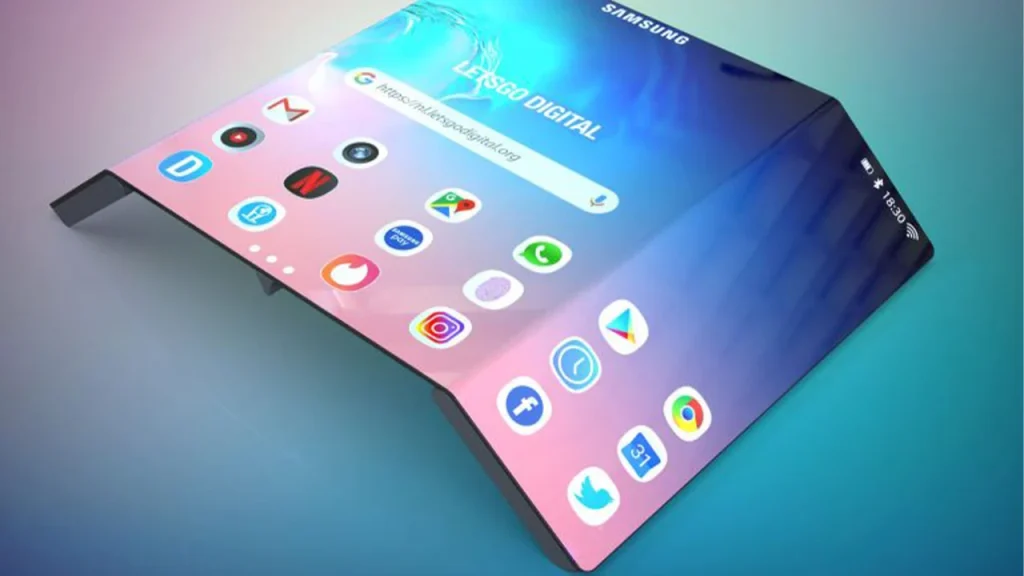
3. Foldable Display Progress: From Delicate to Military-Grade Durability
The history of foldable screens has been one of skepticism regarding durability, but some recent developments have changed attitudes. The first generation was plagued by fragility, but the current Galaxy Z lineup boasts flexible OLED screens and ultra-thin glass that will last through thousands of folds without weakening. The integration of UTG with strengthened hinge mechanisms constitutes an armor form, as explained in SUPCASE’s analysis.
Samsung foldables now provide a seamless, end-to-end viewing experience unfolding to provide huge screens for multitasking and media, then folding down for convenient portability. The military-grade certification of Z Fold 7 further reinforces its position as a trustworthy partner for everyday use, dispelling previous concerns about foldable longevity and marking a new day when durability and flexibility are in perfect harmony.
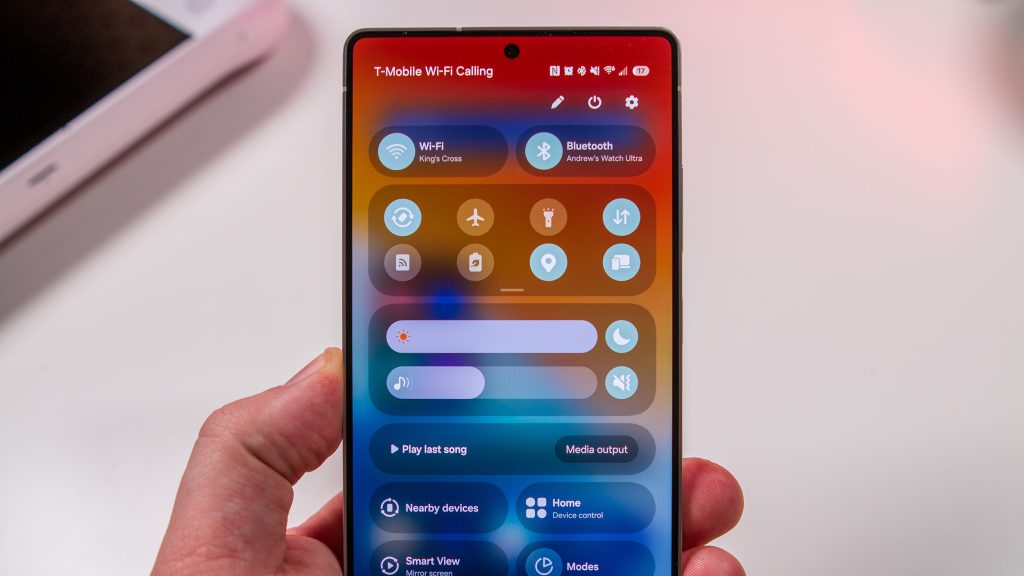
4. AI Integration: Gemini and One UI 8 Redefine the User Experience
Artificial intelligence is at the forefront of Samsung’s 2025 offerings, One UI 8 on Android 16 delivering extensive Gemini AI integration. Circle to Search’s new AI Mode means users can pose follow-up questions regarding visual searches, while Gemini Live supports camera-based contextual queries. Samsung apps such as Calendar, Notes, and Reminders can now use Gemini-fueled suggestions and automation, and the Z Flip 7 benefits from camera-sharing functionality through Gemini Live.
As per CNET, these agentic AI capabilities try to make every day simpler and more efficient, ranging from reminders to on-the-fly writing assistance. While others are still in doubt regarding how apparent these capabilities are going to be in the day-to-day use, Samsung’s initiative for on-device AI, powered by the Snapdragon 8 Elite’s neural engine, is a great leap towards smarter and more responsive devices.
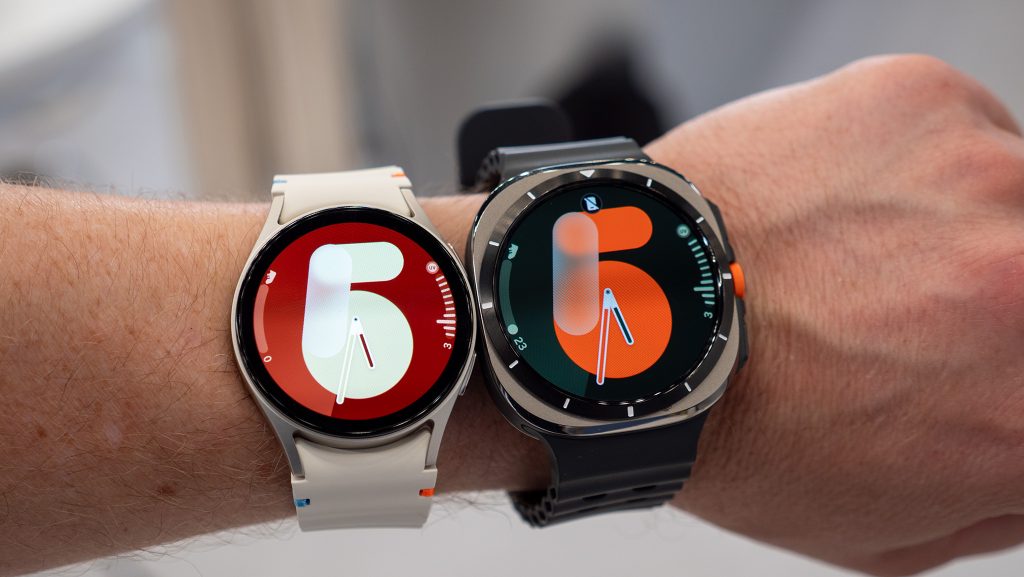
5. Galaxy Watch 8 Series: Wellness, AI, and Design Innovations
Samsung’s wearables saw a major revamp with the Galaxy Watch 8, Watch 8 Classic, and Watch Ultra launching slimmer, lighter designs and improved health capabilities. The Watch 8 is 11% thinner and can go up to 50% brighter, while the Watch Ultra provides up to 100 hours of battery life when in power-saving mode. Both watches double storage capacity at 64GB, necessary for running larger local AI models.
Health monitoring goes leaps ahead with new measures such as the Antioxidant Index and Vascular Load, in addition to enhanced sleep and activity tracking. The Running Coach is a personal coach and Bedtime Guidance compiles several metrics for tailored wellness recommendations. As IGN points out, the addition of Gemini and Wear OS 6 provides voice-controlled AI and glance-at-a-time Multi-Info Tiles, turning these watches into more than mere fitness trackers they’re full-fledged wellness companions.

6. The 7-Core Snapdragon 8 Elite: A Trade-Off for Thinner Foldables
As phones become increasingly thinner, heat dissipation becomes a greater challenge. Qualcomm’s solution is the 7-core version of the Snapdragon 8 Elite, aimed at hyper-thin phones such as the Oppo Find N5. By eliminating one performance core, the chip enhances thermal efficiency and battery life, albeit at the price of a 10-15% reduction in CPU performance and a more significant reduction in GPU power, as explained by Digital Trends.
For the average user, the trade-off is hardly apparent in everyday chores, but serious gamers and heavy users might notice the difference in long-term graphical performance. This shift reflects the continuous struggle between design aspirations and technical limitations, particularly since consumers expect portability as well as power.
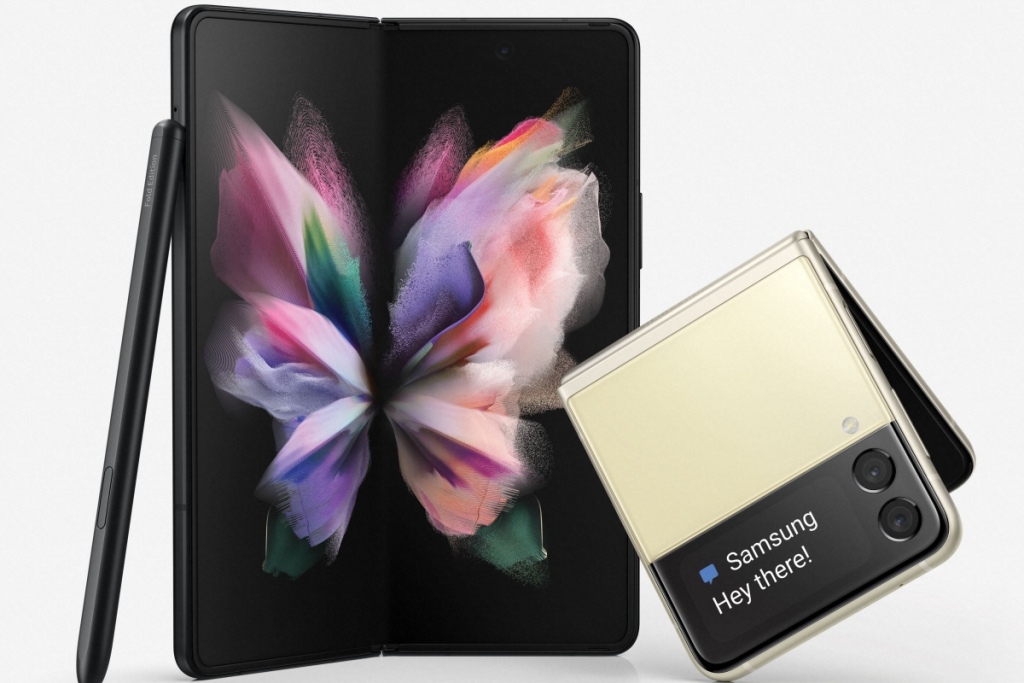
7. Fan Edition and Pricing Strategies: Making Foldables More Accessible
Samsung’s release of the Galaxy Z Flip 7 FE marks an effort to expand foldable appeal. At $899.99, the FE variant keeps most of the Flip 6’s looks and specs, such as a 3.4-inch cover screen and 6.7-inch primary display, but employs the Exynos 2400 chip for improved heat dissipation in its more compact form. Storage choices are limited, but the reduced cost is intended to bring foldable technology to the masses.
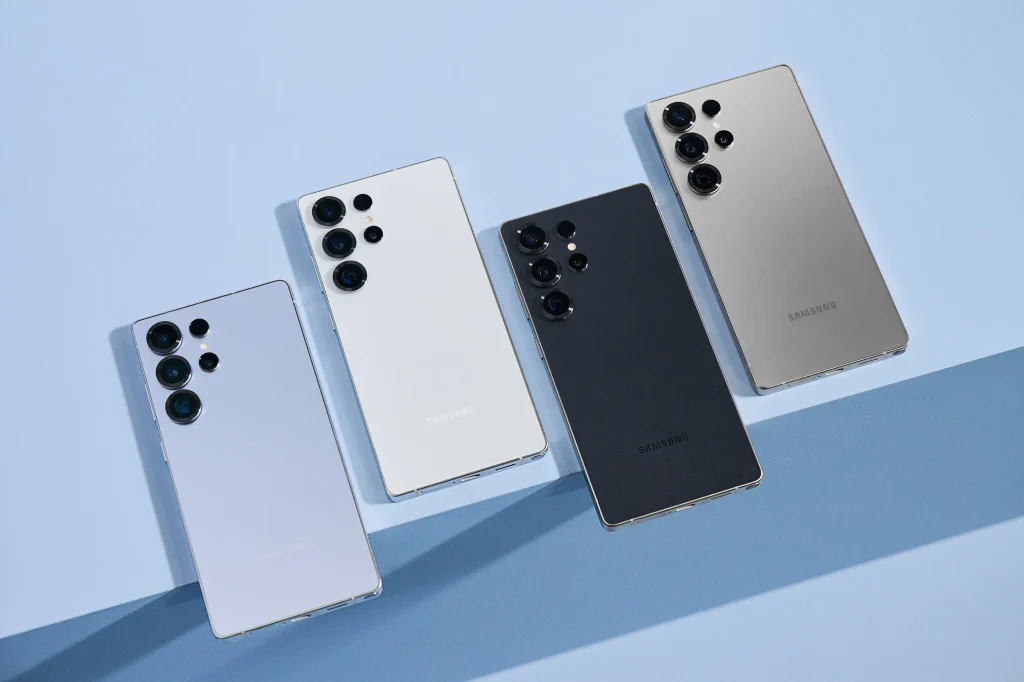
This approach is a sign of a larger industry trend: with increasing maturity in foldable technology and scale of manufacturing, buyers should expect more variety across various price points without compromising on fundamental durability and usability aspects.
Samsung’s Galaxy Unpacked 2025 is a turning point for foldables, AI integration, and mobile performance. With military-grade toughness, leading-edge chipsets, and more intelligent software, Samsung isn’t just getting better at its devices it’s redefining what smartphones and wearables can do. For tech fans, these innovations provide a glimpse of a future where thinness, power, and intelligence are no longer mutually exclusive.


